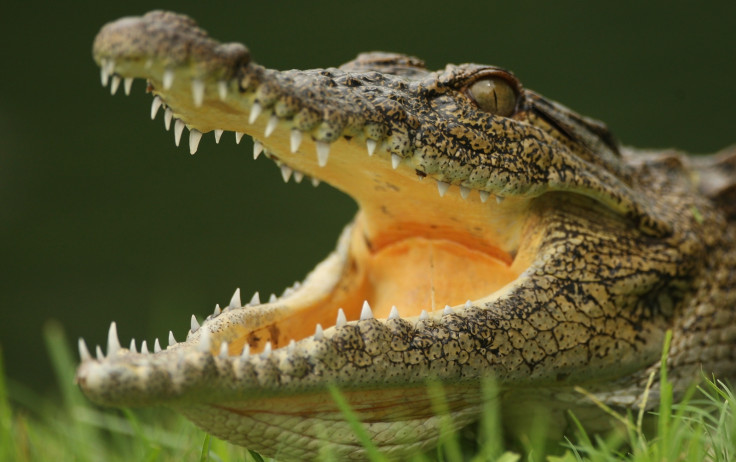Spider, dog and crocodile attacks hospitalise thousands of Scots, reveal govt figures
Dogs responsible for most animal attacks, leading to calls for tighter controls

Crocodiles and poisonous spiders are just some of the animals that responsible for attacks that have left on average 10 Scots a day seeking hospital treatment.
There were 10,953 animal attacks in Scotland over the past three years, according to figures revealed by Tory MSP Alex Johnstone following a Freedom of Information request to the Scottish government.
Of these 7,731 involved dogs.
The figures reveal that a person in the north-east of Scotland was admitted to hospital following an altercation with "a crocodile or alligator", a man was treated after being "bitten or crushed by a reptile" in Ayrshire and Arran, and two Highland pensioners were bitten by poisonous spiders.
Glasgow and Greater Clyde NHS treated 41 people for the bites from rather less exotic rats during the period.
Johnstone said the figures indicated the need for for tighter legal controls on dangerous dogs.
"Of course some of these incidents set out will have been the result of an accident or some kind of freak occurrence.
"However, the sheer scale of hospitalisations after a dog bite points to a much wider problem.
"If we don't get on top of the number of farms breeding these animals illegally, and the increase in people owning them who clearly aren't up to the job, this problem is just going to get worse."
He added: "There will be other statistics within this that also cause concern, not least those people being hospitalised after an encounter with a rat.
"It's important the Scottish government takes serious action on dangerous dogs, otherwise it will risk it becoming a genuine safety fear across the country."
Scotland's SNP government has called for compulsory microchipping for dogs.
A spokesman said: "It is essential that dog owners fully appreciate their responsibilities for the welfare of their dog and the safety of themselves, their families and the general public, and there are long-standing laws in place to help protect members of the public from dangerous dogs.
© Copyright IBTimes 2025. All rights reserved.






















